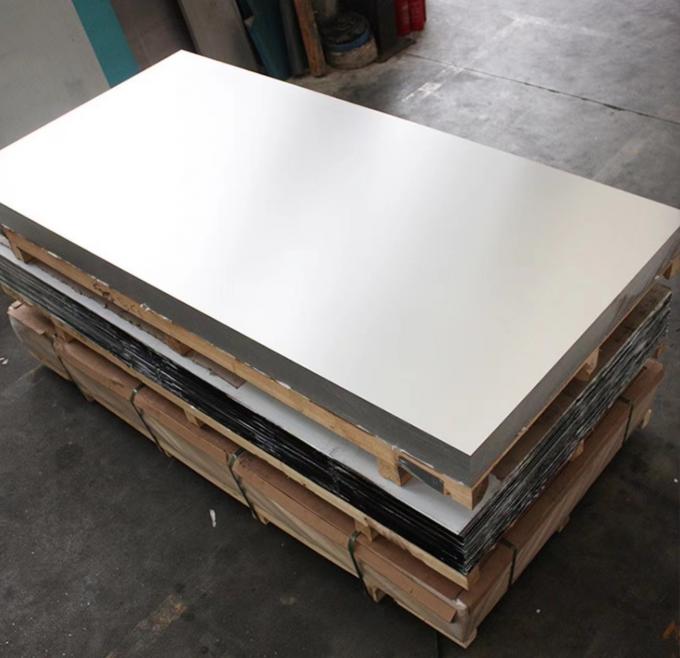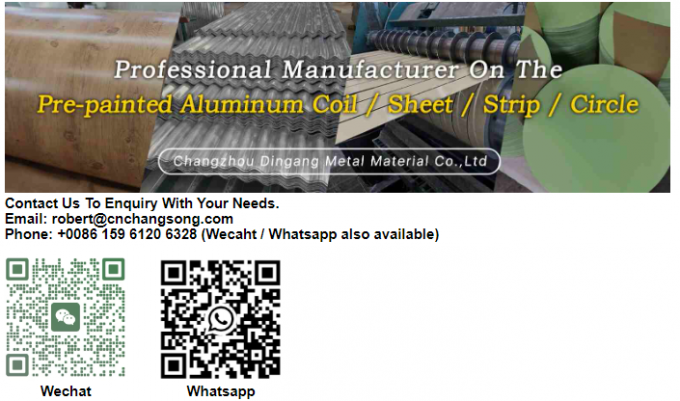Stainless Steel vs Aluminum Alloy: A Comprehensive Comparison
In the world of materials, stainless steel and aluminum alloy stand out as two widely used options across numerous industries. This article aims to provide a detailed comparison between these two materials based on various parameters, including strength, weight, cost, corrosion resistance, conductivity, malleability, and workability.

Strength and Weight
Stainless steel generally exhibits significantly higher tensile strength compared to aluminum alloy. The tensile strength of stainless steel typically ranges from 515 MPa to 1300 MPa, while that of aluminum alloy is in the range of 100 MPa to 400 MPa. However, aluminum alloy has a distinct advantage in terms of weight. It is approximately one - third the weight of stainless steel, resulting in a superior strength - to - weight ratio. This makes aluminum alloy an ideal choice for applications where weight reduction is crucial, such as in the aerospace and transportation industries.
Cost
The cost of these materials is influenced by multiple factors. Raw material costs for both stainless steel and aluminum alloy are subject to global market trends. Aluminum alloy, due to its electricity - intensive refinement process, often has higher processing costs. When priced by weight, aluminum alloy may seem more expensive. However, when considering pricing by volume or component, especially in industries where its lightweight property is exploited, it can be a cost - effective option. Stainless steel, on the other hand, is generally more expensive per unit mass but offers excellent durability, which can lead to long - term cost savings in certain applications.
Corrosion Resistance
Stainless steel contains alloying elements such as chromium (usually ≥10.5%) and nickel, which enable it to form a stable and protective chromium - rich oxide film (Cr₂O₃). This gives stainless steel remarkable corrosion resistance, making it suitable for use in a wide range of environments, including those with exposure to acids, alkalis, salts, and moisture. For example, 304 stainless steel is commonly used in food and beverage processing, while 316 stainless steel, which contains molybdenum, can resist highly corrosive media like seawater. Aluminum alloy, on the other hand, forms a thin but protective oxide layer (Al₂O₃) on its surface. This layer provides good corrosion resistance in normal environments, such as dry air, water, and some dilute acids. However, in more aggressive conditions, like strong acids (e.g., hydrochloric acid, hydrofluoric acid), strong alkalis (e.g., sodium hydroxide), or salt - fog environments (such as near the sea), aluminum alloy may experience corrosion. Special coatings or alloys are often used to enhance its corrosion resistance in such cases.
Conductivity
Aluminum alloy has excellent electrical and thermal conductivity. It is a good conductor of electricity, which is why it is widely used in electrical wiring and electronics applications. In contrast, stainless steel has relatively lower electrical conductivity. This property makes aluminum alloy more suitable for applications where efficient heat transfer or electrical conduction is required.
Malleability and Workability
Aluminum alloy is highly malleable and can be easily formed into complex shapes through processes such as forging, rolling, and extrusion. It also has good weldability, although specialized techniques are often needed to ensure high - quality welds. Stainless steel, while less malleable than aluminum alloy, can still be shaped using appropriate equipment and techniques. Welding stainless steel requires careful control of temperature to prevent issues like cracking and corrosion.
Applications
Due to its lightweight, high strength - to - weight ratio, and good conductivity, aluminum alloy finds extensive use in aerospace components (such as aircraft frames and wings), automotive body panels and engine parts, and in the construction of lightweight structures like window frames and curtain walls. Stainless steel, with its outstanding corrosion resistance, high strength, and hygienic properties, is widely used in medical devices, food processing equipment, and in the construction of buildings and structures where durability and resistance to harsh environments are essential.
In conclusion, the choice between stainless steel and aluminum alloy depends on the specific requirements of an application. Each material has its own set of advantages and limitations, and understanding these characteristics is key to making an informed decision.
|
Property
|
Stainless Steel
|
Aluminum Alloy
|
|
Tensile Strength
|
515 - 1300 MPa
|
100 - 400 MPa
|
|
Weight
|
Heavier (density ~7.9 g/cm³)
|
Lighter (density ~2.7 g/cm³)
|
|
Cost
|
Higher (long - term cost - effective in some cases)
|
Lower (processing costs can be high)
|
|
Corrosion Resistance
|
Excellent in various environments
|
Good in normal environments, needs enhancement in harsh conditions
|
|
Conductivity
|
Lower
|
Higher
|
|
Malleability and Workability
|
Less malleable, specialized welding required
|
Highly malleable, specialized welding techniques
|
|
Typical Applications
|
Medical, food processing, harsh - environment structures
|
Aerospace, automotive, construction of lightweight structures
|



